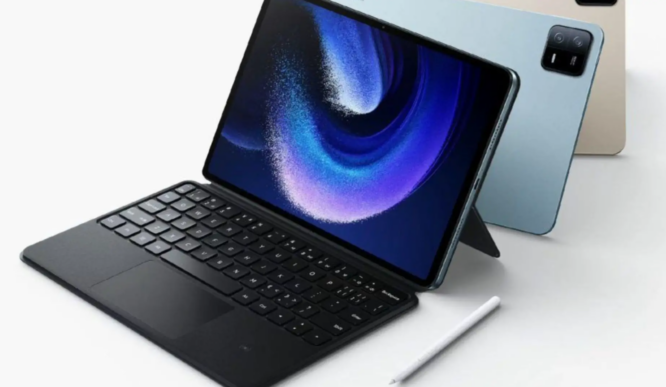Sajid Mohamedy, Nisum’s EVP of growth and development, says that more online businesses are using immersive technology like 3D product imagery, augmented reality, and virtual try-on.
Customer experience is important to success in digital commerce. New technologies provide engaging, seamless consumer experiences that boost loyalty, revenues, and differentiation. Digital commerce employs automation, machine learning (ML), and artificial intelligence (AI) to make online purchasing faster, simpler, and more fun.
Any business needs a decent digital experience to compete and retain consumers. But starting can be difficult. Gartner recommends considering user experience, purchase journey, supply chain integration, and enterprise data integration while creating a digital commerce platform.
These are vital, but the problem is deciding which user experiences to produce, which organizational tools and platforms to integrate, and how to mix new technology and solutions to satisfy consumer expectations. To improve digital experiences, firms must also identify client pain areas.

Analytics and Customization
Businesses may customise consumer experiences via data analytics and content production. Personalization may boost revenue by 40%, and 86% of consumers are prepared to pay extra for a fantastic customer experience.
Analytics technologies let marketers customise user interfaces, promotions, and offers and incorporate client preferences throughout the digital experience. Retailers are also sending discounts via various technologies. Sensors around items or places broadcast discounts to clients’ smartphones via the store’s app. Beacons, tiny Bluetooth devices, can notify nearby consumers who have downloaded the store’s app.
Swirl Networks Inc. found that beacon-triggered content and offers increase in-store purchases by over 70%. Shoppers might also get discounts on things they seen online.

AI, Chatbots
Cashier-less or automated checkouts will have major economic effects. McKinsey says automated checkouts may cut cashier staff by 75%.opens a new opportunity, saving firms $150 billion to $380 billion by 2025.
AI shopping assistants use machine learning algorithms to find cross-selling and up-selling possibilities based on consumer purchases and feedback. They simplify shopping and encourage decision-making, reducing returns.
Chatbots enable clients ask inquiries and get replies like a human. They also capture data better than landing pages and sign-up forms. Customers may return items, get refunds, and more with Amazon’s chatbot. Chatbots may also work on social networking, texting, and web chat.
Omnichannel Strategy
Omnichannel is now essential to the digital customer experience to increase revenue since customers use various channels to complete transactions. After adopting an omnichannel approach to compete, Canadian bicycle shop Primeau Velo learned this. Sales rose 27% in a year.
Omnichannel requires integrating business-critical and customer-facing layers. APIs allow these layers to communicate and share data.
The API layer connects channels for a seamless consumer experience. APIs allow instant access to integrated system capabilities, making API-based solutions fast to design.

AR/VR Development
AR and VR are also being used by certain firms to customize purchasing. Adidas, Lego, and IKEA use AR to engage customers. Lego released a smartphone app that let consumers play with virtual Legos in their own environment.
Adidas uses SnapChat AR to let consumers “try on” their latest running sneakers. IKEA utilizes AR to help shoppers see their items in their homes.
AR and VR might help merchants overcome client buying barriers. Consumers can’t see the ultimate product, therefore $70 billion in home renovation projects never happen. To offer customers the confidence to tackle home repair tasks, Lowe’s has included AR and VR design tools.
E-commerce businesses must make online buying fun since buyers today value experiences above things. Google Benchmarking found that users spend 38 seconds on product pages. After 50 seconds, the likelihood of buying rises.
Technology at its best helps people connect. Immersive technology should be used and expanded by brands to improve e-commerce efficiency, trust, and enjoyment. Delivering a flawless and engaging client journey will boost conversion rates, helping online businesses stand out.



